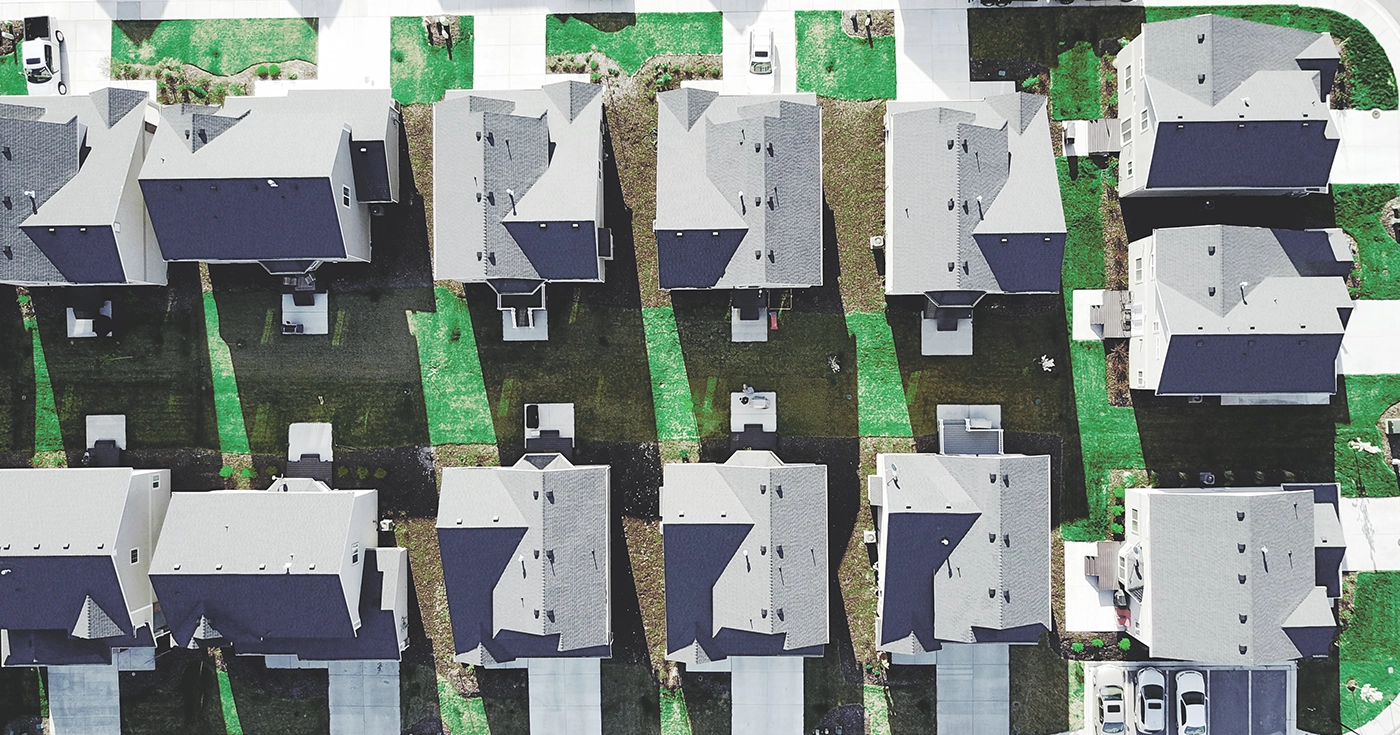
Urban outskirts, the new destination for housing investment
The real estate sector in Spain is at a turning point, where record-high returns coexist with an increasingly inaccessible market, due in part to the shortage of new housing and the declining purchasing power of much of the population. In this context, a series of paradigm shifts are reshaping real estate investment—chief among them, the importance of location. If location once determined profitability, the current lack of supply has led investors to explore new areas, making the outskirts of cities an emerging hotspot.
This is the conclusion of a recent report by Spain’s Tax Agency (Estadística de los declarantes IRPF, 2023), which shows that gross rental yields are now notably higher in the suburbs than in city centers—a reversal of the traditional trend.
Where does housing stand as an investment?
In 2025, residential property is entering a phase of growing complexity. While it remains a long-term safe-haven asset, it is becoming increasingly difficult to find attractive opportunities. The situation in major cities is especially challenging: the housing shortage has led many autonomous communities to designate stressed zones, prompting the creation of a new Housing Law that introduces tax incentives for landlords and caps rental prices in overheated areas. Recently, Galicia, the Basque Country, and Navarre added municipalities to the list of stressed zones, bringing the total to 301 cities and towns so far this year. While opportunities are becoming scarcer in these locations, they are booming in emerging areas.
For years, the investment formula was straightforward: the better the area, the higher the yield. In other words, properties in prime city locations were more expensive and, consequently, expected to deliver stronger returns. But appearances can be deceiving: although demand is structurally strong in city centers, these areas also come with steep entry prices and heavier tax burdens. By contrast, peripheral zones are more affordable, easier to access, and increasingly in demand.
What the tax data tells us
The Tax Agency’s latest report confirms that the suburbs deliver higher gross yields. The key lies in purchase price. While suburban rents are lower, acquisition costs are dramatically more affordable than in city centers, resulting in wider profit margins. Moreover, this is not just a big-city phenomenon—it is widespread across Spain.
Indeed, the municipalities with more than 20,000 residents that offer the highest rental yields are all in the Valencia region: Elda (8.9%), Novelda (8.9%), and Alcoy (8.7%). The same trend is evident in major cities such as Barcelona and Madrid. In the latter, yields are highest on the outskirts: Parla (7.3%), Ciempozuelos (6.4%), and Collado Villalba (6.4%) top the list. In Andalusia, the pattern is similar: in Seville, the most profitable municipalities are San Juan de Aznalfarache (8.2%), Camas (7.2%), and Carmona (6.3%).
Why is this happening?
This “shift” of profitability and investment trends from city centers to outlying areas is driven by a mix of economic and social factors. The pandemic brought cultural changes that had a direct impact on the housing market. For example, remote work has grown significantly, and many companies no longer require employees to be in the office every day. This flexibility makes it easier to move away from the city center, boosting demand in secondary areas where quality of life can be higher at a lower cost.
Economic circumstances also play a role. The rising cost of land in central locations has eroded their appeal, both in terms of rental affordability and investor returns. In 2024, the price per square meter rose by 8.4%, while wages increased only 3%, according to the Relationship between Salaries and Home Purchase in 2024 report published by Infojobs and Fotocasa.
As a result, a growing share of salaries goes toward rent: according to Idealista, households in Spain spend an average of 38% of income on rent, a figure that rises to 55% in cities like Málaga. This pressure has fueled new residential developments in the suburbs, which act as a much-needed release valve in a highly constrained market.
Will this trend continue?
This phenomenon does not appear to be short-lived. Looking at population growth trends, it is likely to intensify in the coming years. In Madrid, for instance, 2024 marked the first year in which more than half of the region’s registered residents lived outside the city proper (51%), according to Spain’s National Statistics Institute (INE). This is a significant sign of how urban expansion could unfold in the medium term.
For real estate investors, this trend presents a valuable opportunity to diversify assets beyond prime city centers. The data is clear: suburban neighborhoods and commuter towns are proving to be far more profitable.

